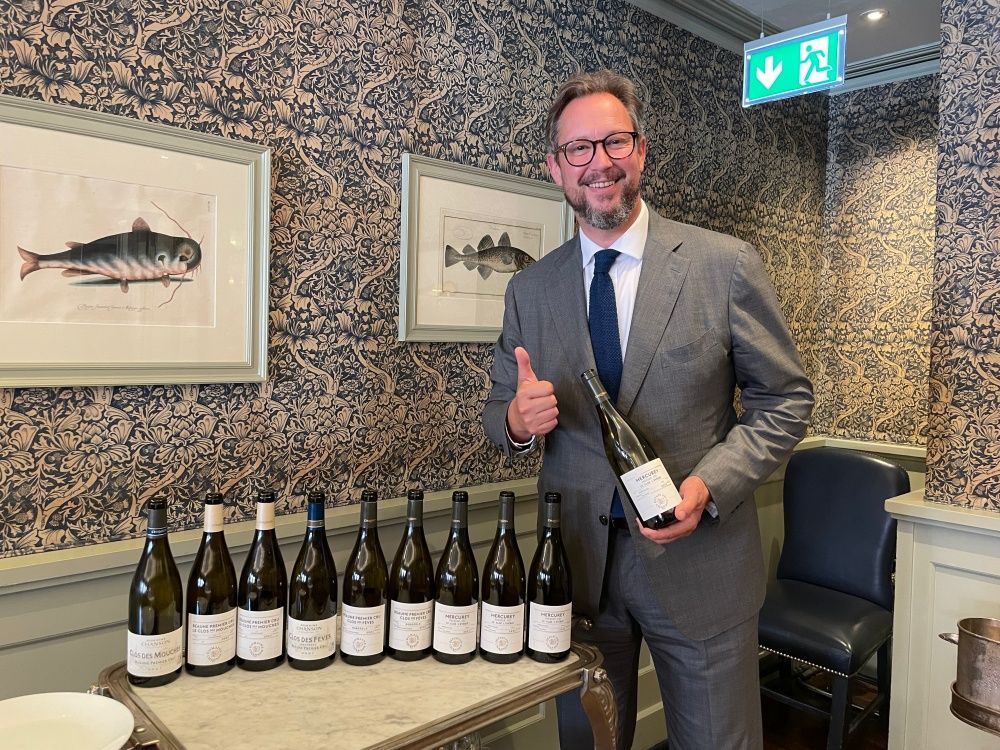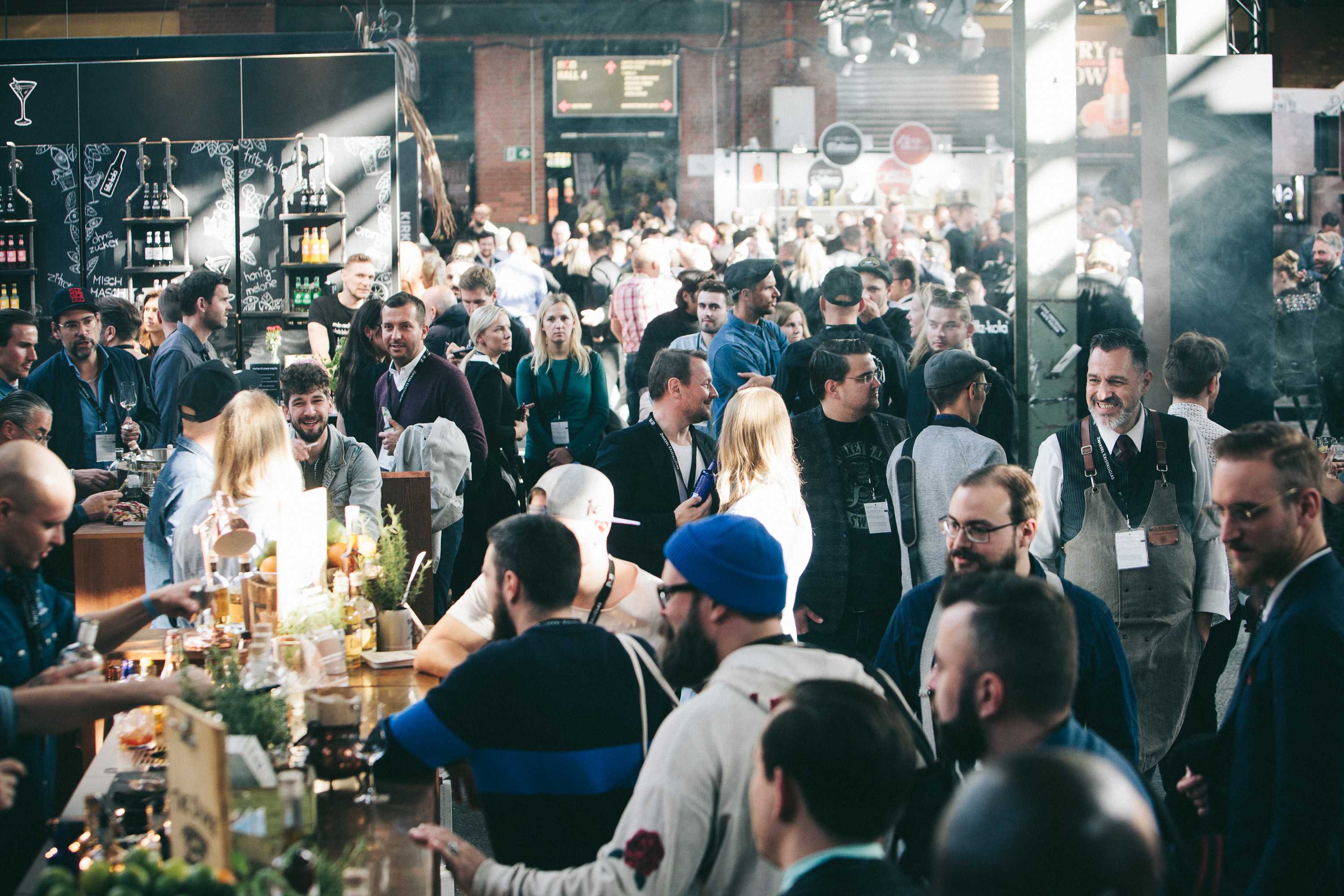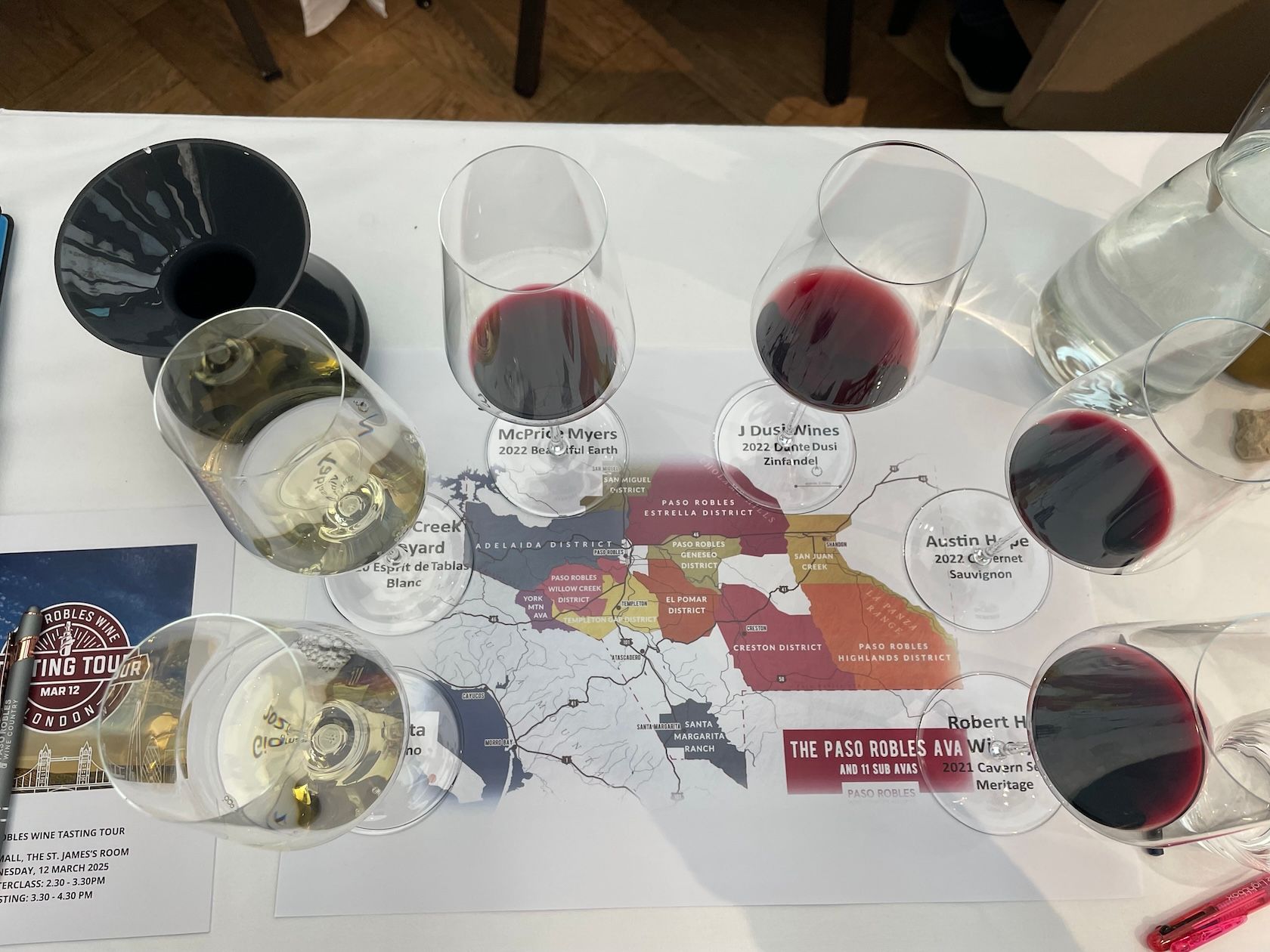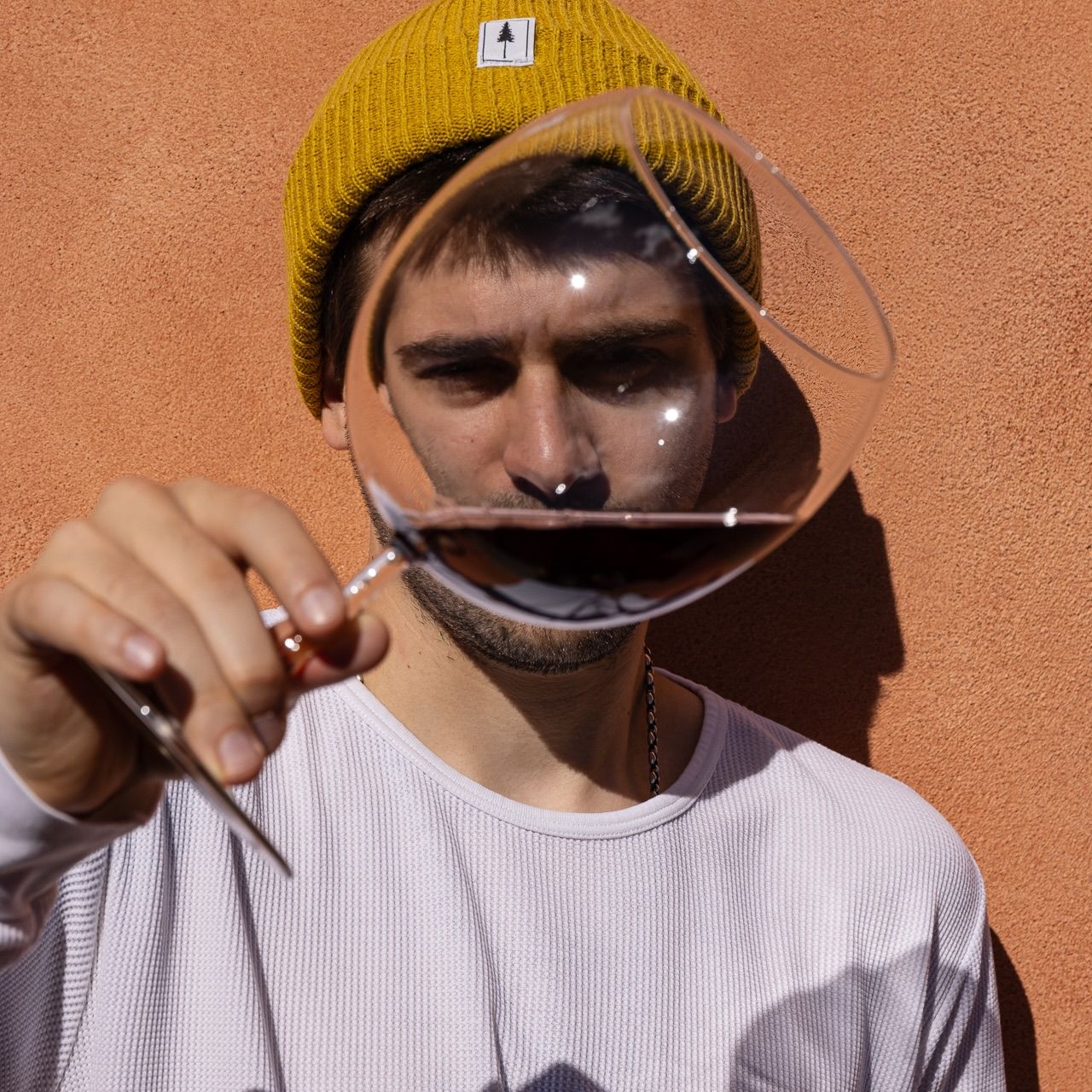CA Grands Crus’ other two Bordeaux estates, Château Blaignan and Château La Tour de Mons, were put up for sale earlier this year “to focus more on Ducasse, Meyney and Santenay”
Château de Santenay’s new director of winemaking, Jean-Philippe Archambaud, has brought in a raft of vinification changes with the aim of lifting the Burgundian estate’s already high bar to new levels. The step-up is all part of owner Crédit Agricole’s quest to maximize quality across its stable of wineries, with a two-year renovation programme at its Pauillac fifth growth, Château Grand-Puy Ducasse, due to start in the spring.
A reduction in the amount of new oak used from 50 to 15-20% is a significant move at Santenay, with greater purity being sought. Bâtonnage is being phased out entirely, and the amount of sulphur dioxide used is being cut by 20-30% with 20 mg/l of free and 50 mg/l of total SO2 the aim. “We are also giving a much longer time for ageing pre-bottling, as before we used to do early bottling,” Archambaud told The Buyer. “Longer in tank should give more complexity and length, as well as softer tannins.”
The work at Château Grand-Puy Ducasse will include doubling the number of vats from its current tally of 30. The estate has as many as 63 plots in 40 hectares under vine, and micro-vinification of each is the plan hatched by new CA Grands Crus managing director, Anne Le Naour.

Anne Le Naour had been deputy MD to Thierry Budin since 2016, until taking the reins in July 2019
“We want to keep up with market demand for terroir-driven wines,” said Le Naour, who took over from Thierry Budin in May after being group technical director of CA Grands Crus’ Bordeaux concerns for nine years. “We’re going to have brand new equipment and a winery that will allow us to take the essence of our terroir and vinify block by block, picking them at the maturity that we want, with the objective of making the greatest Ducasse ever.”
Being a trained oenologist, Le Naour has initiated a number of projects since 2016 when she was appointed deputy managing director of CA Grands Crus, mainly focused on the vineyard – increasing sustainability and restructuring the vineyards across the group.

Laying out the CA Grands Cru vision, London, December 2019
Château Meyney, CA Grands Crus’ Saint-Estèphe estate and consistently one of the best of all the Crus Bourgeois, has also raised its game since 2010 when trellises were lifted higher in its vineyards and gentler extraction introduced.
“Meyney keeps increasing its quality, and I think is a challenger to the classed growths,” Le Naour continued, adding that Meyney had been unaffected by the frost that ravaged much of the rest of Bordeaux in 2017. ”Meyney was not touched by the frost – not even a bud. Our yield there was 50hl/ha, whereas our property in St-Emilion gave us only 8hl/ha due to frost damage.”
CA Grands Crus’ other two Bordeaux estates, Château Blaignan and Château La Tour de Mons, were put up for sale earlier this year “to focus more on Ducasse, Meyney and Santenay” as Le Naour put it. La Tour de Mons’ sale is being finalised, while a buyer for Blaignan is still being sought.
Recent purchases in Burgundy have opened up major possibilities in the view of Archambaud. “We have a huge opportunity with Santenay as it’s so extensive but we are now managing 96 hectares in Burgundy in total, which is quite a large area,” he said. “Apart from some vineyards in Mercurey, we now have quite a few in Côte de Beaune. In March we acquired almost seven hectares in Côte de Nuits including Gevrey-Chambertin, Gevrey premier cru, Chambolle premier cru and Clos de Vougeot. So we now range from Mercurey to Gevrey, a distance of 60 km. With all this, we hope to have a real renaissance.” That ambition has every chance of being realised.










































